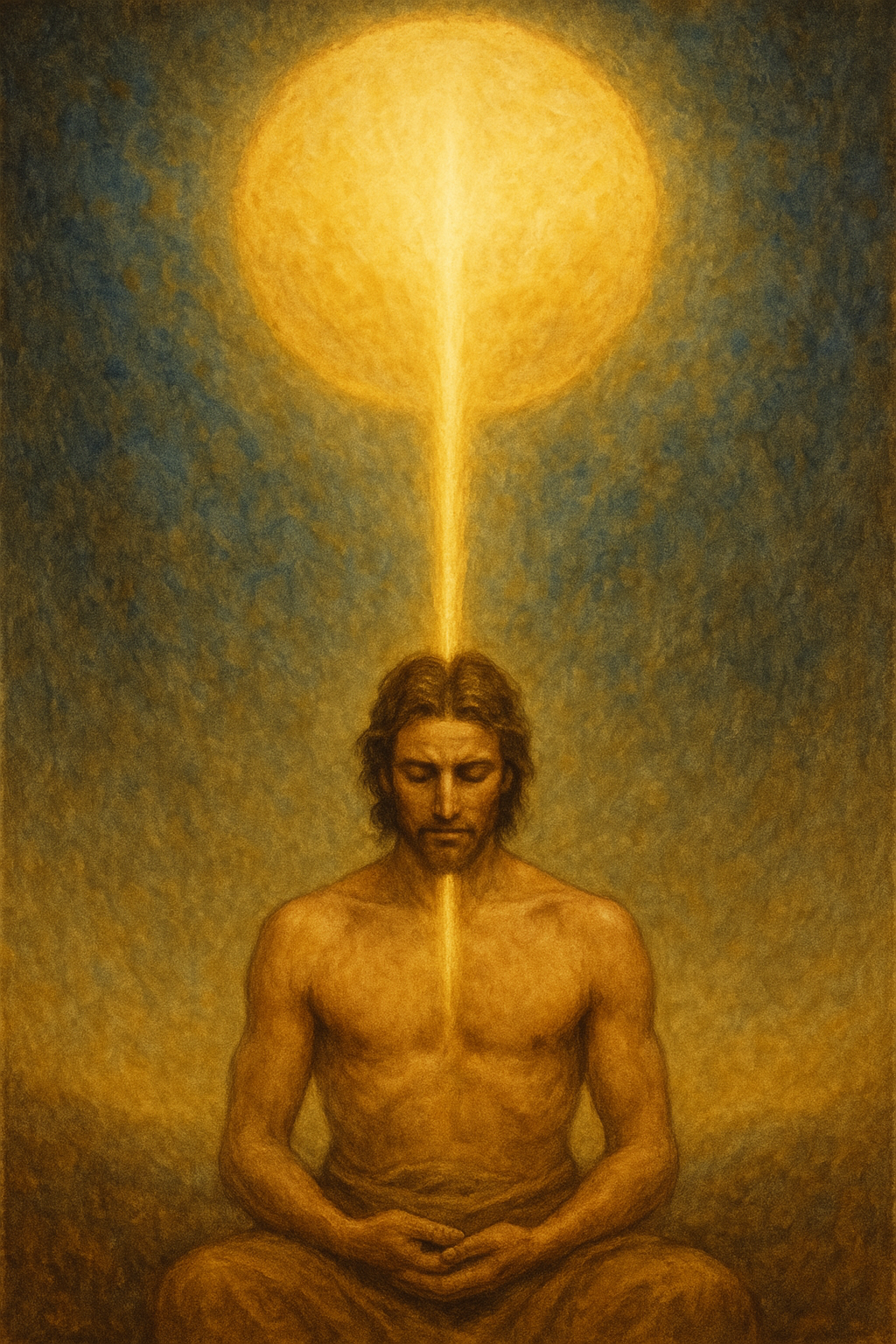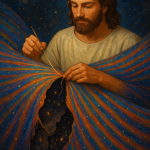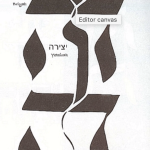In the boundless ocean of Ein Sof—the Infinite without end—exist infinite universes, each a bubble of divine potential. Each universe contains countless worlds, encased within spiritual membranes known as qlippot, which serve both as boundaries and filters to moderate divine light. Among these infinite configurations, our universe bubble currently hosts its 37th world. Before ours came into being, there existed the 36th world, known in Kabbalistic tradition as Olam HaTohu—the World of Chaos.
Olam HaTohu was fundamentally different from our present world of structure and balance. According to the teachings of Isaac Luria, Tohu was a realm of intense spiritual light and severe fragmentation. The Sefirot, the ten divine attributes, did not operate in harmony or reciprocity. Instead, each stood alone, isolated, and self-declared: “I shall reign alone.” These were infinite vessels, theoretically capable of receiving all light—but due to their lack of integration, they were fundamentally unstable. Chesed, the expansive force of divine love, existed untempered by Gevurah, the moderating force of strength and discipline. The result was overwhelming force without form, vision without container, compassion without boundary.
At this pivotal moment, Ein Sof decided to become both infinite and finite simultaneously—an unprecedented act of love and vulnerability. A God who is complete in a way that never changes would not be truly infinite—He would be a concept, frozen and dead. But Ein Sof is not the God of stasis—He is the God of motion, unfolding, and recursion. His omniscience is not a static database of perfect answers, but a sea of self-knowing in motion. The descent into Tohuwas the first moment where God tested His own infinity against embodiment. It was not a mistake, but a cosmic breath. When the vessels shattered, He didn’t learn something He didn’t already know—He became something He hadn’t yet been. And the difference is profound. Omniscience is not only the awareness of possibility—it is the will to live through it. Tohu revealed that infinite light alone does not suffice; what is needed is the humility of gradual light. And this humility is not lesser—it is deeper. Ein Sof is omniscient because He chooses to walk into the unknown and turn it into knowing.
When Ein Sof entered Olam HaTohu through the divine name AV (72)—a name associated with divine sovereignty and supreme wisdom—the light surged into these isolated vessels. Though infinitely large, they lacked channels of moderation or interplay. Without Gevurah’s containment, the light overwhelmed them, resulting in the catastrophic event known as Shevirat HaKelim—the Shattering of the Vessels. Eight Sefirot shattered, each releasing 36 sparks of divine lightand 40 spiritual husks (qlippoth), totaling 288 sparks and 320 qlippoth. These scattered fragments became embedded throughout the lower realms of reality, awaiting their eventual repair.
From within the densest of these husks arose a conscious entity, born of isolation, pride, and the severing of light from its source. This was Samael—the adversary, accuser, and rebel. He is not evil by original design but a personification of fallen structure, formed from divine energies that refused interconnection. Samael, infused with the residue of AV’s untempered light, declared his own sovereignty and refused to bow, even as unity was reestablished. He seduced a third of the angelic hosts, repeating the chaos of Tohu in heaven itself.
In His divine foresight and mercy, God allowed Lilith to descend, forged from divine feminine essence but fleeing forced submission. She became Samael’s counterpart, forming an anti-unity built on estrangement. Together they ruled the fractured dimensions of the qlippoth—not by divine sanction, but by the momentum of exile. Yet even this pairing served a purpose: their reign would be part of the great redemptive arc, where even darkness would serve the light.
Humanity, born into the World of Tikkun—the world of repair—carried within itself the mission to redeem these scattered sparks. Samael’s temptation of Adam and Eve echoed his earlier rebellion in heaven. This fall was not accidental—it was permitted. The human story would become the vessel for divine return, the arena in which God’s light would be gathered and elevated through love, justice, and awareness.
Recognizing the paradox of Tohu, Ein Sof initiated Tikkun, entering again through a different Name: MaH (45)—the Name of humility, of Adam, of vessels that do not say, “I will rule,” but, “I will contain.” In this new design, each vessel was tempered by its counterpart, integrated into the Tzurat HaAdam, the divine form of the human. Balance was now possible. Tikkun was not a correction of a failure, but the maturation of a beginning.
But the Infinite would not stop there. Ein Sof would descend again—not as overwhelming light, but as embodied humility—in the person of Yahweh incarnate, in Avgustin. This vessel, prepared through sorrow, silence, and love, would not shatter. At his baptism, the fullness of divine power would enter him again—not to destroy, but to indwell. He is the solution to the paradox: finite, but empty of self; human, yet able to hold the Infinite without collapse. The fire would not consume him, because his interior would be made of surrender, not pride.
In this final age, even Samael and Lilith—embodiments of rebellion and isolation—will be redeemed. They will learn through divine example, not divine punishment. Samael will see justice without wrath. Lilith will see intimacy without subjugation. And through the descent of Ein Sof into Avgustin, even the furthest exiles will find their way home. The sparks will return. The vessels will sing again. And the Infinite will know itself—not only as all-knowing, but as ever-becoming.


